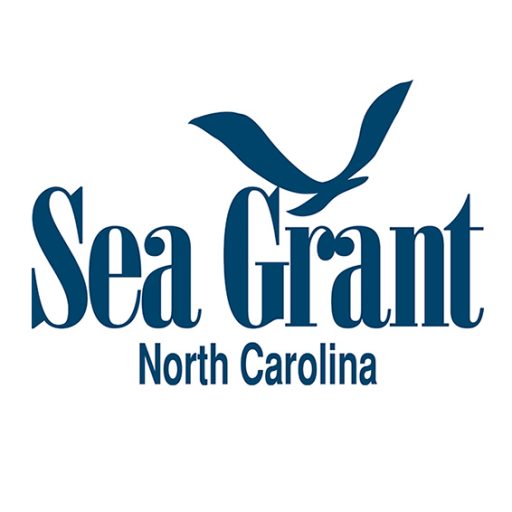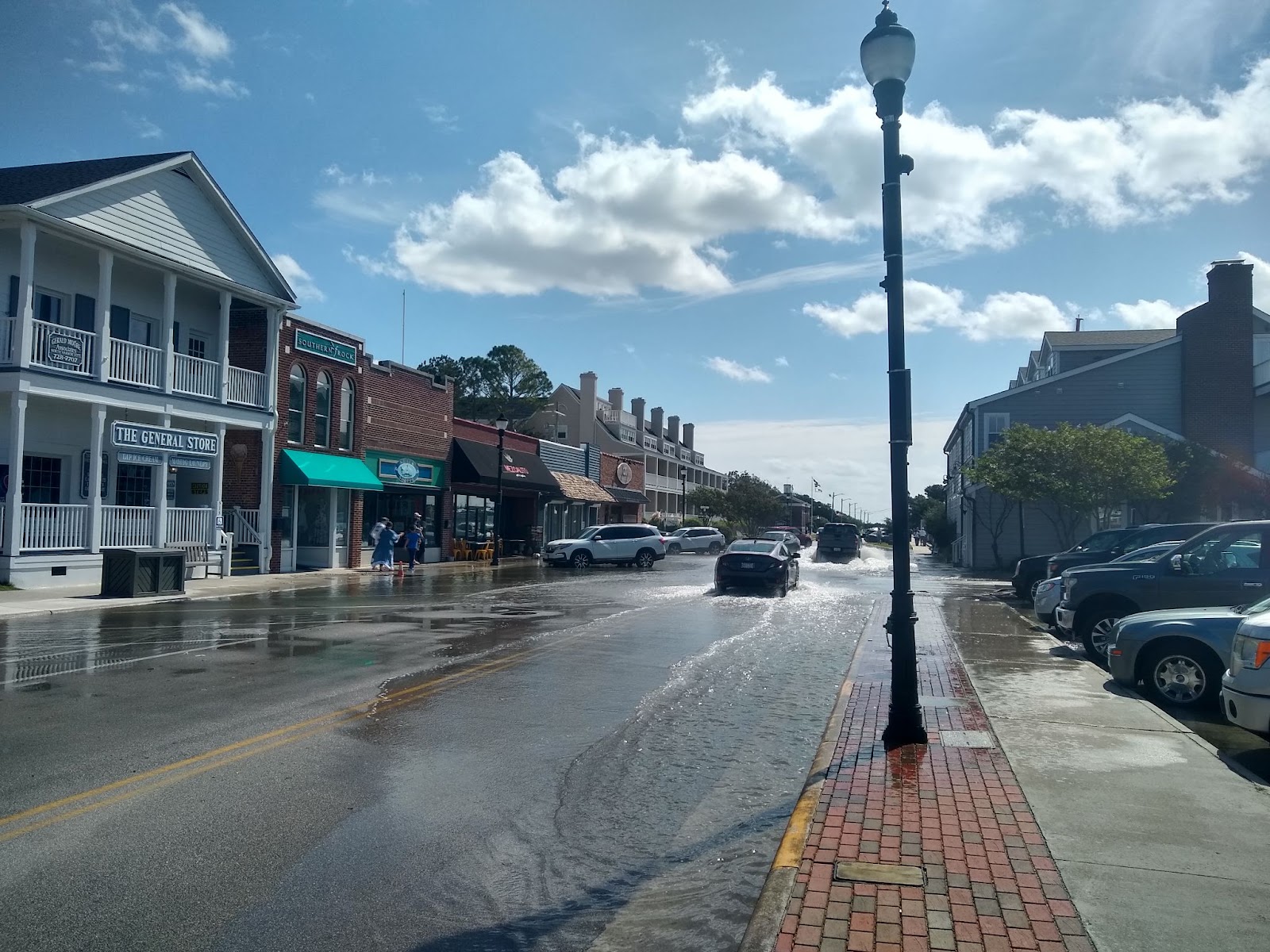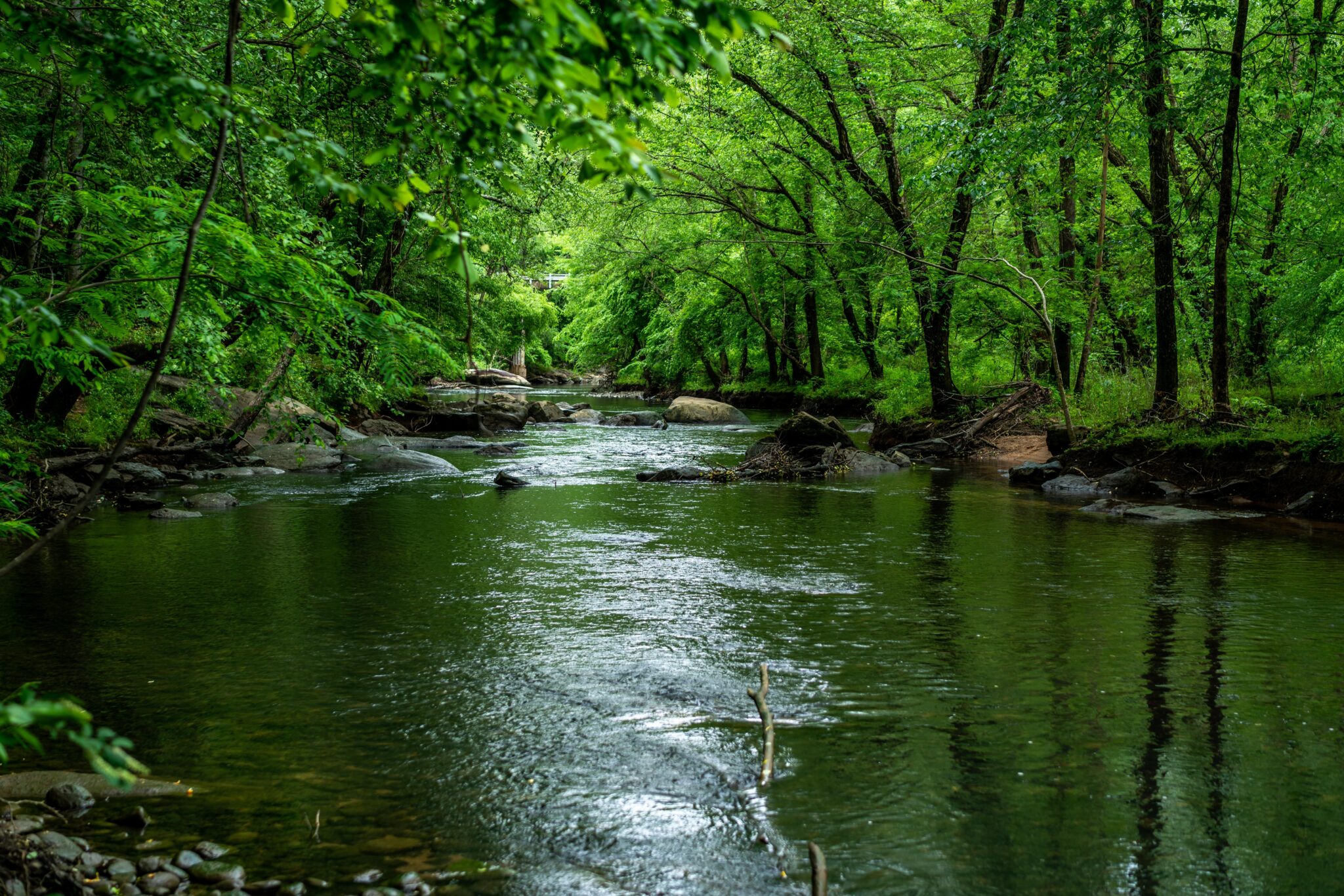New Research Projects Focus on Coastal Community Collaborations
FOR IMMEDIATE RELEASE
Contact:
Katie Mosher, North Carolina Sea Grant, 919-515-9069, kmosher@ncsu.edu

Updated Aug. 30, 2017
Five new projects have received funding from the North Carolina Community Collaborative Research Grant program. In its second year, the program leverages support from the William R. Kenan Jr. Institute for Engineering, Technology and Science at NC State University with funding from North Carolina Sea Grant.
“Our initial round of funding in 2016 proved successful in achieving research and outreach outcomes for local communities, so we were excited to continue supporting these community-based collaborations,” shares Susan White, Sea Grant executive director.

“We are excited about the possibilities these projects present and the enduring value and impact that will result as we work together to address issues and opportunities advancing the economic and social well-being of our state,” adds Raj Narayan, associate director of the Kenan Institute. “The new projects continue to build on Sea Grant’s vision and leadership for community engagement and empowerment through this important program.”
Sea Grant Deputy Director John Fear agrees. “The selected projects showcase the science and local-knowledge experts working together as a team.”
That emphasis on collaboration appealed to the investigators as well. “When you have that partner in the community, you get research that is really meaningful and addresses a problem that needs to be solved. It is not research just for the sake of research,” notes Whitney Knollenberg, one of the lead investigators.
The new projects and their respective partners are:
Rising: A Visual and Oral History Perspective of Climate-Related Change on North Carolina’s Inner and Outer Banks
Baxter Miller of Stancil, Miller, & Co., with Barbara Garrity-Blake of Duke Marine Lab, Christine Avenarius of East Carolina University, Karen Willis Amspacher of the Core Sound Waterfowl Museum and Heritage Center, Alton Ballance of the N.C. Center for the Advancement of Teaching, Ben Cahoon of Cahoon & Kasten Architects and the University of North Carolina Coastal Studies Institute Foundation, Stan Riggs of East Carolina University, Ryan Stancil of Bit & Grain, Susan West of Coastal Voices, and Jessica Whitehead of North Carolina Sea Grant
This project will merge science and humanities to explore what changes coastal North Carolinians have witnessed due to recurring and climate-related coastal hazards like sea-level rise. The team will pair oral histories with fine-art aerial photography in a traveling exhibition with stops in the Triangle, eastern North Carolina and the coast. The team believes the physical exhibit, along with a Facebook page and website for the project, will provide a tool for starting conversations about coastal change. They expect resource managers and community leaders will come away with a better understanding of the immediate threats, as well as perceptions of the people who call the coast home.
Identifying the Criteria Consumers Use to Select Value-Added Seafood
Ryan Speckman and Lin Peterson of Locals Seafood, with Barry Nash of North Carolina Sea Grant and Tom Armstrong of Vinnie’s Steakhouse and Tavern
Would consumers be more willing to try local seafood at home if it required little time or skills needed in the kitchen? This team will test ready-to-eat and ready-to-heat seafood products, with consumer feedback gathered through focus groups and a survey. Instead of using already popular seafood choices, they will concentrate on ways to make lesser-known species appealing to new customers as a way to diversify available options and further support local fishermen. Results will be shared with other producers online through Sea Grant’s website and at industry conferences and meetings.
Investigating Biological Invasions in N.C. Coasts and Estuaries: from A to Zombie
April M.H. Blakeslee of East Carolina University, with Tom Stroud of the North Carolina Estuarium, Russ Chesson of the North Carolina Estuarium and Kayla Clark of East Carolina University
Inspired by real-life zombies, this team will use ongoing research to develop an interactive exhibit at the North Carolina Estuarium in Washington that will focus on invasive species in the state. Real-time results from field observations of parasitic barnacle infestations in native mud crabs will be displayed alongside tanks with live crabs — infected and healthy — in a design created by a graduate art student. Lessons will be created to accompany the exhibit and citizen scientists can participate in field sampling at a site near the Estuarium.
Identifying Community Capital for a Sustainable Tourism Workforce on Ocracoke Island
Whitney Knollenberg of North Carolina State University, with David Tweedie of Ocracoke Alive!, Jane Harrison of North Carolina Sea Grant, David Griffith of East Carolina University, and Barbara Garrity Blake of Duke Marine Lab
Ocracoke Island is a unique and isolated destination that depends on tourism — and a sustainable tourism workforce. This team will develop a framework for understanding which resources support a strong workforce on the island and where the community may be able to make investments to build industry and community sustainability. Interviews with employers and focus groups with employees will reach a diversity of tourism stakeholders, including young adults and the members of the island’s growing Hispanic population. Findings, along with recommendations for future actions, will be summarized in a report and at an in-person workshop for the community. A study protocol also will be created for replication in other communities facing tourism-workforce challenges.
Commercialization of Low-Calcium Blue Crab Shedding Technology
David Cerino of Carteret Community College, with Adam Tyler of Marshallberg, Thomas C. McArthur III of the North Carolina State University Marine Aquaculture Research Center, and Chuck Weirich of North Carolina Sea Grant
Building on results from a North Carolina Sea Grant minigrant-funded project, this team will develop low-calcium technologies for use in the state’s soft-shell crabbing industry. They will refine the process of creating low-calcium water before working with commercial crab businesses to test the water in recirculating systems. Test results, including crab survival rates and harvest times, will be used to develop manuals and materials for transferring and commercializing the new technology.
###
North Carolina Sea Grant: Your link to research and resources for a healthier coast
- Categories:


